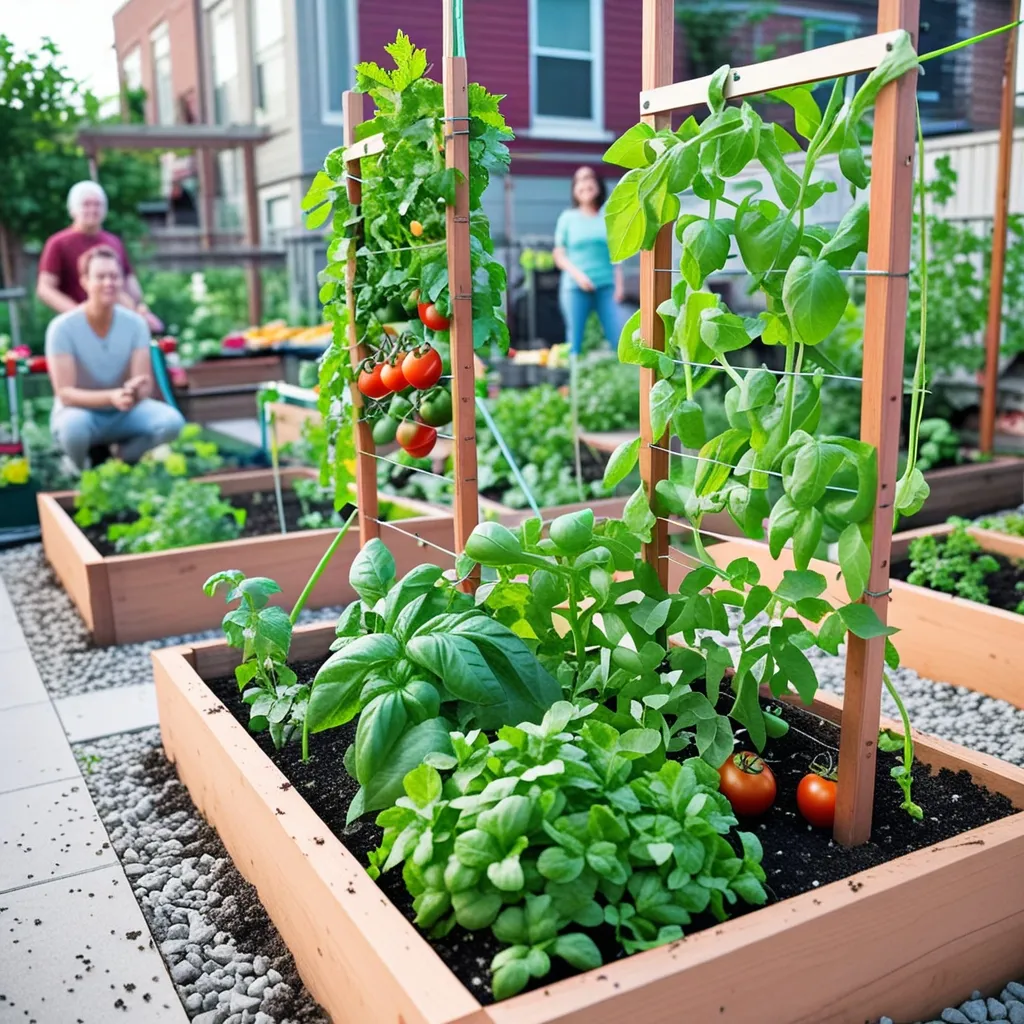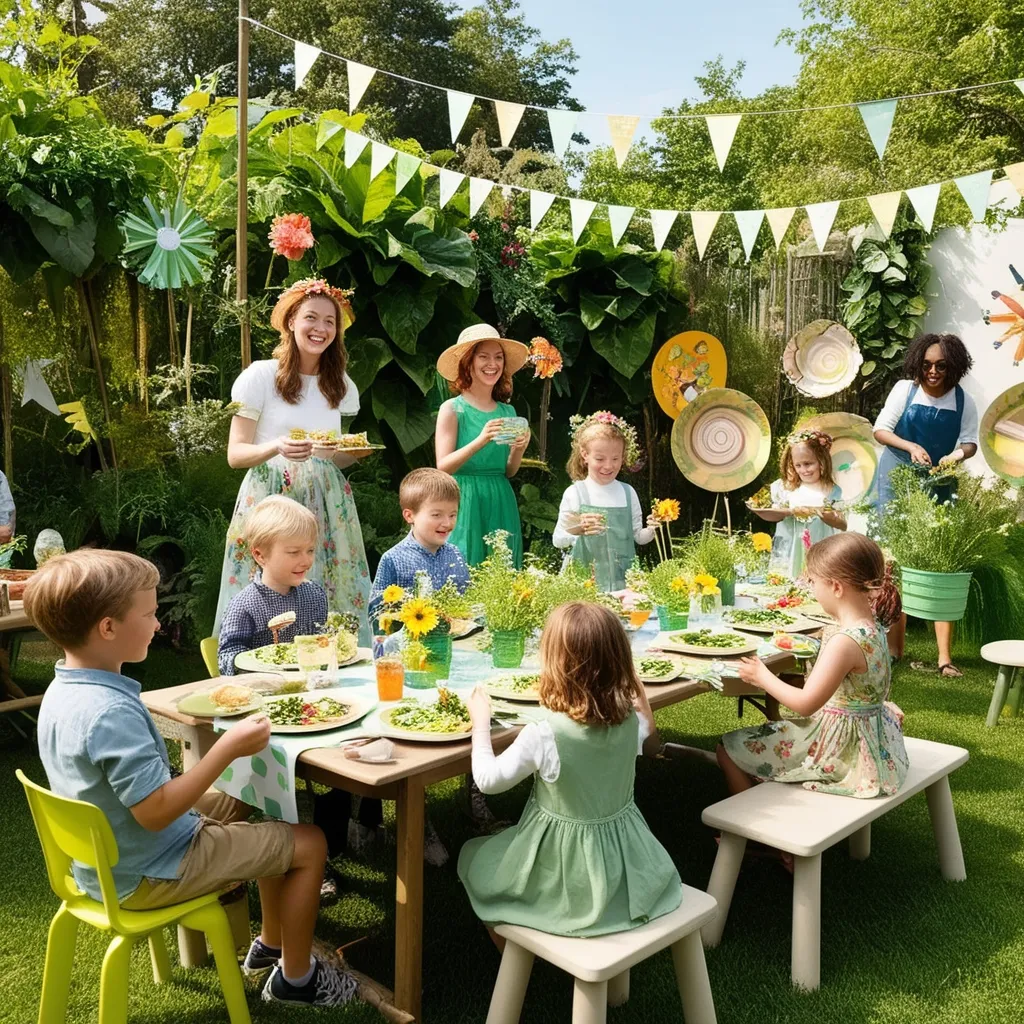Growing your own herbs and vegetables is not only a smart way to save money but also a fantastic route to healthier eating. Imagine having a ready supply of fresh, nutritious produce right at home. Plus, it’s a hobby that’s both rewarding and cost-effective over time.
Starting with herbs is a great entry point, especially if space is tight. Systems like the AeroGarden Harvest Elite or the Click & Grow Indoor Herb Garden make it super easy to cultivate various herbs year-round. These systems are designed to require minimal effort. For instance, the AeroGarden Harvest Elite lets you grow six different plants simultaneously and even has a digital screen to remind you when it’s time to add water or plant food.
Herbs like basil, cilantro, and parsley are particularly economical to grow at home. They’re versatile in the kitchen and buying them at the store can quickly become expensive. Growing your own ensures you always have fresh ingredients on hand and can save money. Plus, herbs like basil and cilantro can reseed themselves, making them an eco-friendly choice.
Once you’ve nailed growing herbs, why not expand your garden to include vegetables? Vegetables like tomatoes, melons, and leafy greens, which can be pricey to buy, are perfect for home gardening. You can harvest these over the season, providing a steady supply of fresh produce. Leafy greens like lettuce and kale are great because you can harvest them in a cut-and-come-again manner—just take a small part of the plant and let it keep growing.
To maximize your garden’s output, make the most of your space. Techniques like trellising can increase your yield per square foot. Cucumbers, cantaloupes, and tomatoes thrive on trellises, maximizing vertical space. Planting wide rows of small, leafy plants like spinach and arugula can also boost your harvest without needing more land.
Raised beds are another efficient way to organize your garden and boost productivity. They allow for the use of high-quality soil, which can significantly improve plant growth. Plus, raised beds can be easily built and incorporated into your landscape, adding to the fun and rewards of your gardening adventure.
While the initial garden set-up might cost a bit, several strategies can help you save money in the long run. One way is to grow vegetables that can be stored, canned, or frozen. Potatoes, winter squash, and veggies like tomatoes and cucumbers can be preserved for future use, stretching your savings throughout the year.
Pooling resources with other gardeners is another savvy move. Buying soil, compost, and mulch in bulk with neighbors can slash expenses. Sharing gardening tools and participating in seed and plant swaps also reduces costs.
Making your own compost and fertilizer is another budget-friendly tip. Compost can be made from kitchen scraps, garden clippings, and shredded paper, reducing waste and providing free, natural soil nourishment. By layering “green” materials like wilted leaves and veggie trimmings with “brown” materials like shredded paper and cardboard, you can create a nutrient-rich compost perfect for your garden.
Growing your own herbs and vegetables is about more than just saving money—it’s a stride toward healthier eating. Fresh, home-grown produce is free from the pesticides and chemicals often found in store-bought goods. Gardening itself offers mental health benefits too. The simple act of working with soil and seeing your plants grow can be incredibly calming.
For those new to gardening, it’s key to start small and choose plants that will give you the best value. Easy-to-grow options like tomatoes, herbs, and leafy greens are excellent choices. If space is limited, use containers—they can be highly productive and easy to manage. Starting with transplants can also give you a head start on the growing season.
With the right setup, gardening can be a year-round activity. Indoor herb gardens ensure fresh herbs even in winter, while outdoor gardens can be planned for continuous harvests. For instance, cool-season crops like broccoli and kale can be planted in the fall and will keep producing into the winter months.
Gardening doesn’t have to be a solitary endeavor. Joining a gardening community or creating a group with friends and neighbors can make the experience more enjoyable and economical. Sharing tips, tools, and resources turns gardening into a fun and collaborative hobby.
In summary, growing your own herbs and vegetables is a smart, rewarding way to save money and eat healthier. With the right techniques and planning, you can enjoy fresh, nutritious produce all year while reaping the therapeutic benefits of gardening. Whether starting with an indoor herb garden or venturing into a full outdoor garden, the rewards are well worth the effort.






